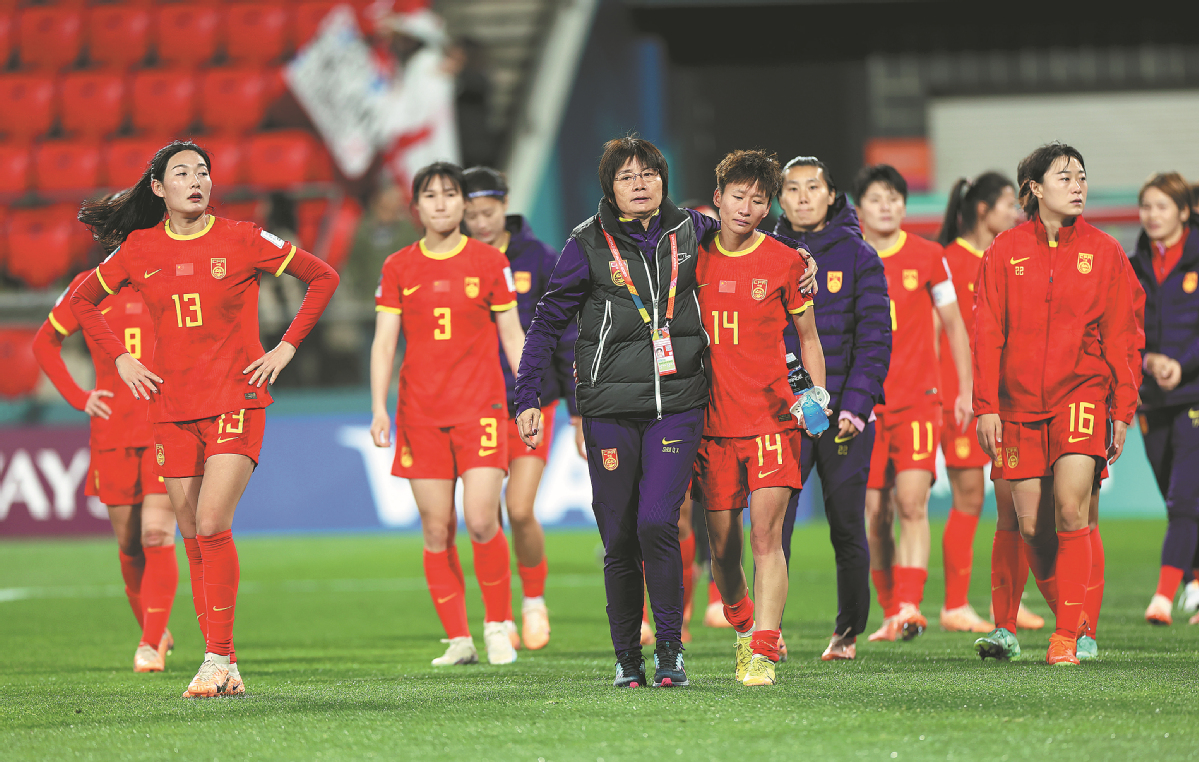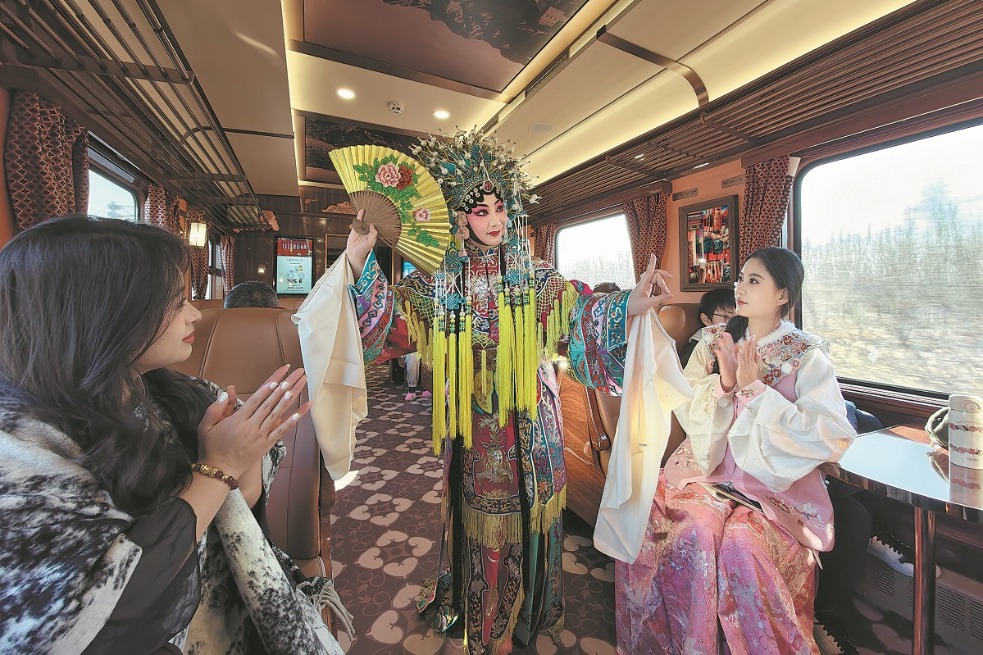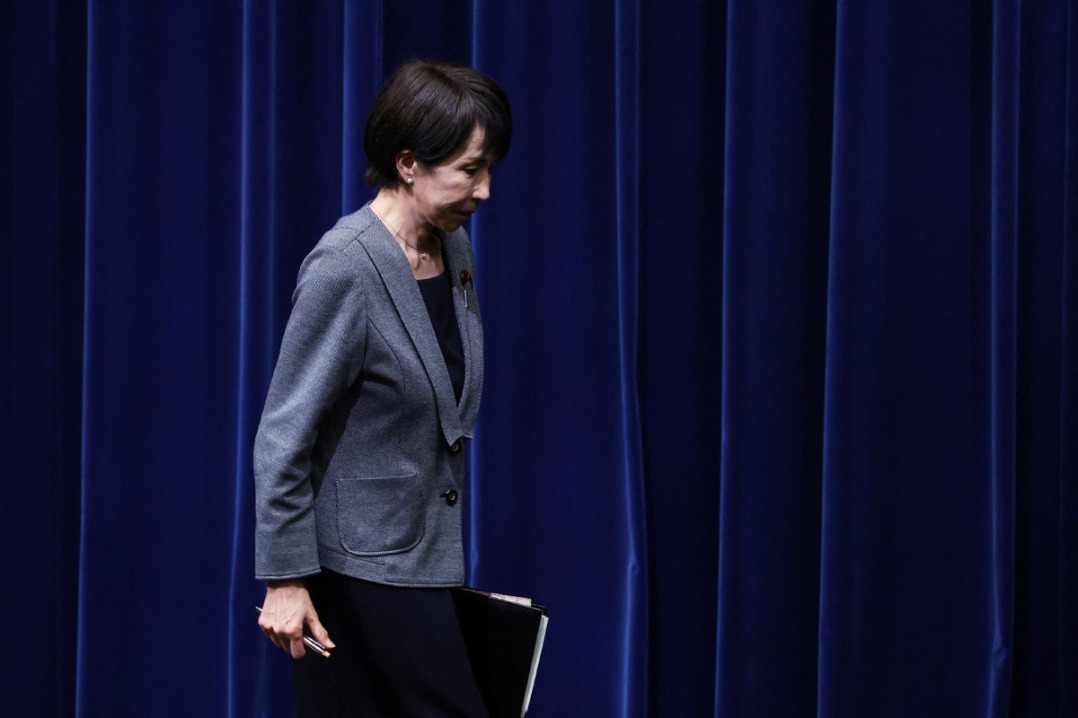Chinese soccer needs to find right path


Japan beat former champions Norway 3:1 to reach the quarterfinals of the Women's World Cup in New Zealand on Saturday. The surprise the Chinese media outlets and soccer fans have expressed over that "miracle victory" only exposes the fact that they have not seen the wood for the trees for too long. Japan won the Women's World Cup in 2011, and was the tournament's runner-up in 2015.
True, the Chinese women's soccer team is also a respectable team in the world, ranked 14th in the FIFA rankings, compared with Japan's 11th. But its main glory was in the 1980s and the 1990s when women's soccer was underdeveloped in most countries.
As exposed by the ongoing tournament in New Zealand and Australia, where China was eliminated in the group stage after being defeated 1:6 to England last week, the gap between China and Japan in women's soccer is becoming almost as large as that in men's soccer.
While the Chinese women soccer players enjoy certain advantages in height, strength and speed, among Asian teams, the Japanese players lay more emphasis on skills, resilience and ability to read the game. So the Japanese players can still retain their characteristics in the face of European teams, while their Chinese counterparts find their European opponents taller, faster and stronger on the world stage.
That's the same case for the comparison between the Japanese and Chinese men's soccer teams. It is a pity that while the two countries started the professionalization of soccer almost at the same time in the early 1990s, Japan has found the fittest style and path suitable to it from the very beginning and stuck to it ever since. Fighting against endless corruption has been the main task of the Chinese soccer circle over these years. After learning from Germany, Spain, Brazil, Portugal, former Yugoslavia, the Netherlands, and England, China is still fumbling to find the direction for the development of its soccer.


































